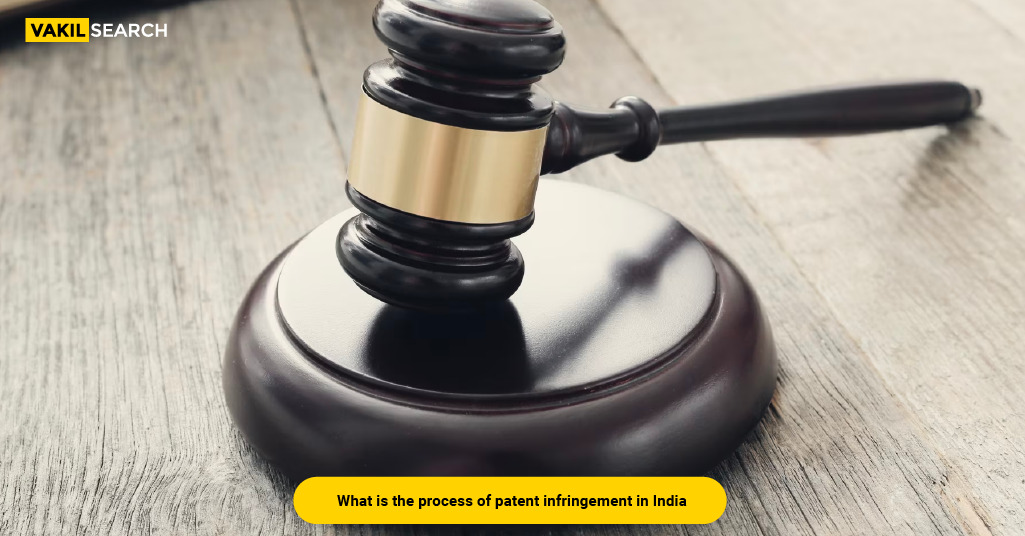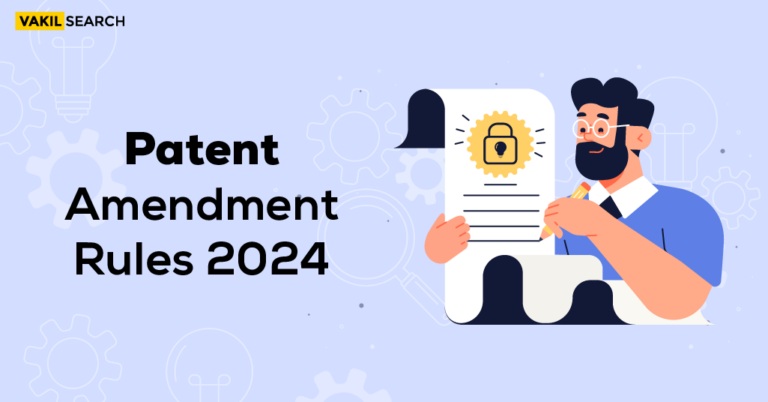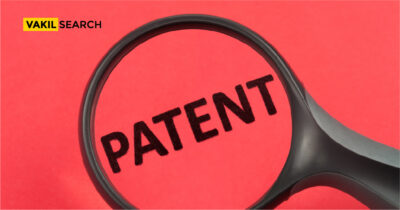Patent infringement can be costly in India. This article breaks down the steps involved in identifying infringement, sending a cease and desist letter, and filing a suit. Discover the rights of patent owners and licensees and the pre-trial proceedings that must be followed.
The unauthorised employment, creation, or distribution of a patented invention is known as patent infringement. It is an egregious violation that can lead to substantial financial detriment to the holder of the patent. In India, the patent infringement process is regulated by the Patents Act of 1970, and is similar to the framework employed in other nations. This piece shall expound on the patent infringement process in India, encompassing the identification of infringement, the appropriate courses of action when such violations are discovered, as well as the legal options available to the proprietors of the patent.
Identifying Infringement
Detecting patent infringement is often a formidable undertaking. It necessitates a meticulous examination of the patent in question and a thorough comparison of its claims with the accused product or process. The proprietor of the patent must initially recognise the extent of their patent rights and assess whether the accused product or process falls within the confines of those rights.
One method to identify infringement is by conducting a freedom-to-operate (FTO) search. An FTO search involves an all-encompassing investigation of extant patents and patent applications to determine if a proposed product or process may potentially infringe any existing patents. An FTO search can assist the patent owner in identifying prospective infringers before they release their product or process into the market.
Market surveillance for potentially infringing products or processes is another avenue for identifying infringement. This can be achieved through conducting market research, analysing competitors, or collaborating with industry associations or trade groups. Once the infringement has been identified, the patent holder must take appropriate measures to safeguard their rights.
Cease and Desist Letter
The first step in protecting patent rights is to send a cease and desist letter to the alleged infringer. A cease and desist letter is a formal legal document that demands that the alleged infringer stop using, manufacturing, or selling the infringing product or process. The letter should include a detailed explanation of the patent owner’s rights and how the alleged infringing product or process infringes on those rights.
The cease and desist letter should also include a demand for compensation for any damages already incurred due to the infringement. A qualified attorney should send the letter and deliver it by registered mail with a return receipt requested. If the alleged infringer fails to respond or refuses to comply with the letter’s demands, the patent owner may need legal action.
Limited Period for Patent Infringement Suit – India
Under Indian law, there is a limited period for filing a patent infringement suit. The Patents Act, of 1970, provides that a suit for patent infringement must be filed within three years from the date of the infringement. If the suit is not filed within this period, the patent owner may lose their right to seek legal remedies for the infringement.
The three-year limitation period is calculated from the date the cause of action arises. In the case of a continuing infringement, the limitation period starts from the date of the last infringement. Patent owners must keep track of the limitation period and file their infringement suit within the prescribed time limit.
Rights of Patent Exclusive Licensee
A patent owner may grant an exclusive license to a third party to use, manufacture, or sell the patented invention. An exclusive license gives the licensee the exclusive right to exploit the patented invention for a limited period of time. During this period, the licensee has the same rights as the patent owner, including the right to take legal action against infringers.
However, the exclusive licensee cannot file a patent infringement suit without the patent owner’s permission. The patent owner may file the suit themselves or permit the licensee to file it on their behalf. The exclusive licensee must have a written agreement with the patent owner that clearly defines their rights and obligations.
Pre-Trial Proceedings
Before a patent infringement suit can be filed, certain pre-trial proceedings must be completed. These proceedings are designed to facilitate speedy and fair dispute resolution. The pre-trial proceedings include:
- Notice of infringement: The patent owner must first send a notice of infringement to the alleged infringer. The notice should include a detailed explanation of the patent owner’s rights and how the alleged infringing product or process infringes on those rights. The notice must also allow the alleged infringer to respond and explain their position
- Reply to notice of infringement: The alleged infringer must respond to the notice of infringement within a specified period. The reply should explain the alleged infringer’s position and provide any evidence to support their defence
- Hearing: If the dispute is not resolved through the notice of infringement and reply, a hearing will be scheduled before the appropriate court or authority. At the hearing, both parties can present their case and any evidence to support their position
- Injunction: If the court or authority finds that patent infringement has occurred, they may issue an injunction to stop the infringing activity. The injunction may be permanent or temporary, depending on the circumstances of the case
- Damages: The court or authority may also award damages to the patent owner for any losses they have suffered due to the infringement. The damages may include compensation for lost profits, royalties, and any other expenses incurred due to the infringement.
Conclusion
Patent infringement is a serious offense that can result in significant financial loss to the patent owner. In India, the patent infringement process is governed by the Patents Act, 1970. To protect their patent rights, patent owners must first identify infringement, send a cease and desist letter to the alleged infringer, and file a patent infringement suit within the prescribed time limit.
Exclusive licensees also have the right to take legal action against infringers, subject to the patent owner’s permission. Before a patent infringement suit can be filed, certain pre-trial proceedings must be completed to facilitate a fair and speedy dispute resolution.
Vakilsearch can provide legal assistance to patent owners who believe their rights have been infringed upon. Our experienced lawyers can help identify infringement, send a cease and desist letter, and file a patent infringement suit within the prescribed time limit. We can also assist exclusive licensees in taking legal action against infringers with the patent owner’s permission.
Read, More:










